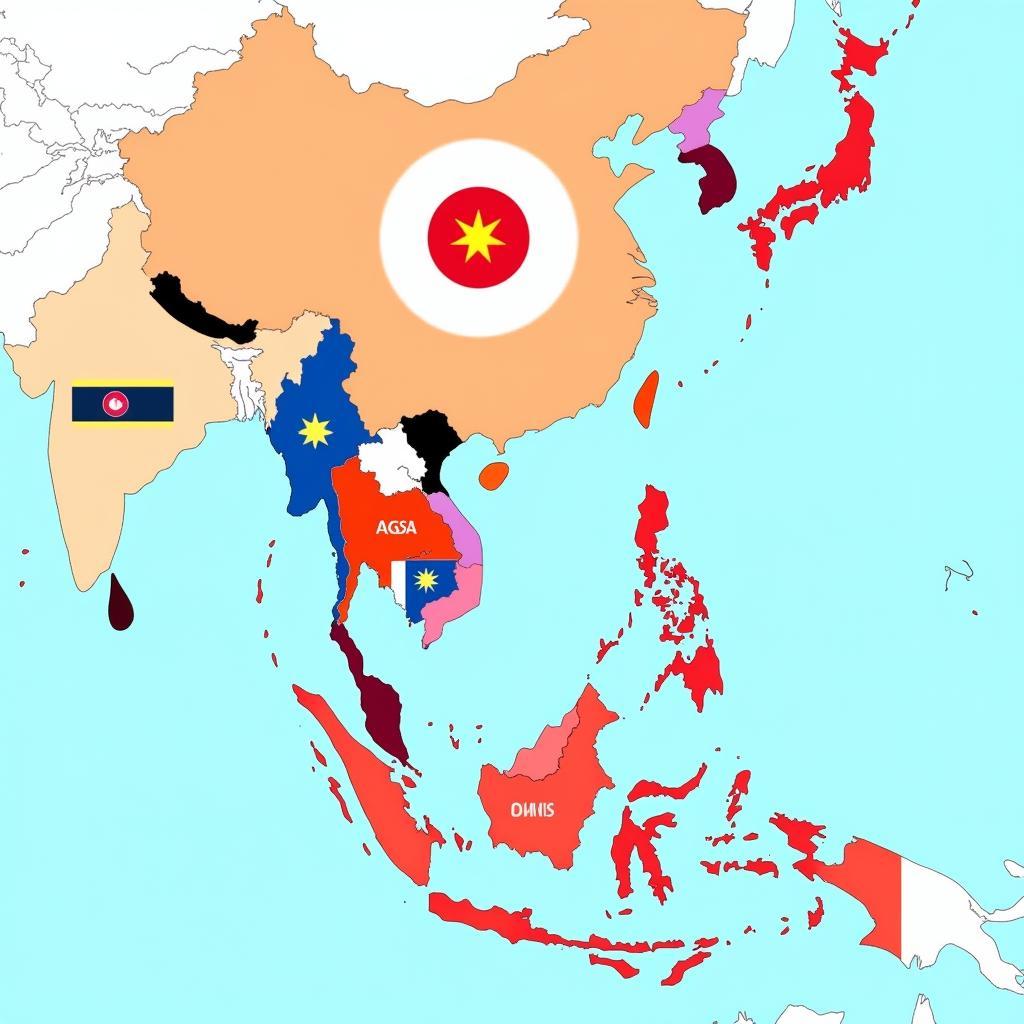ASEAN, the Association of Southeast Asian Nations, is a dynamic region with diverse cultures, vibrant traditions, and a rich history. Amidst rapid modernization and globalization, the question arises: how can ASEAN nations preserve their unique cultural heritage while embracing progress? Enter the concept of “ASEAN vs Restore”, a critical conversation that explores the delicate balance between embracing modernity and safeguarding cultural authenticity.
The Challenges of Cultural Preservation
The region faces numerous challenges in preserving its cultural legacy. Economic growth, urbanization, and the influence of global trends often lead to a decline in traditional practices, languages, and beliefs.
“It’s a constant struggle to hold onto our heritage while engaging with the world,” explains Dr. Maya Devi, a renowned cultural anthropologist from Thailand. “The challenge lies in finding ways to adapt and evolve without losing the essence of who we are.”
The Rise of Cultural Homogenization
One significant threat is cultural homogenization. The dominance of Western media and consumer culture can lead to a sense of sameness, diminishing the unique identities of individual ASEAN nations. This can erode local traditions, languages, and artistic expressions.
The Impact of Tourism
While tourism can be a boon for economic development, it can also contribute to cultural erosion. Mass tourism often focuses on stereotypical representations of local cultures, leading to the commodification and trivialization of heritage. This can overshadow the deeper meanings and nuances of traditional practices.
Restoring Cultural Authenticity: A Collective Effort
The preservation of ASEAN cultures requires a multifaceted approach.
Promoting Cultural Awareness and Education
Educating younger generations about their cultural heritage is crucial. Curricula should include the history, traditions, and languages of ASEAN nations. Museums, cultural centers, and online platforms can play a vital role in showcasing the region’s artistic expressions.
Supporting Traditional Arts and Crafts
Governments, NGOs, and private sectors should actively support traditional artisans and craftspeople. Providing training, access to markets, and financial assistance can help sustain their livelihoods and ensure the continuity of their skills.
Embracing Cultural Diversity and Intercultural Dialogue
Celebrating cultural diversity within ASEAN is essential. Fostering intercultural dialogue and promoting cross-cultural exchange programs can build bridges between different communities and foster mutual understanding.
The Power of Digital Preservation
The digital age offers powerful tools for cultural preservation.
Documenting and Archiving Cultural Heritage
Digital platforms can be used to document and archive cultural heritage, such as oral traditions, traditional music, and historical artifacts. This ensures that these invaluable assets are preserved for future generations.
Sharing Cultural Knowledge and Stories
Online platforms and social media can facilitate the dissemination of cultural knowledge and stories. This allows for greater visibility and understanding of ASEAN cultures beyond national borders.
The Future of ASEAN vs Restore
The journey of “ASEAN vs Restore” is ongoing. It requires a commitment to preserving cultural authenticity while embracing progress and innovation. By leveraging the power of technology, education, and cultural exchange, ASEAN nations can ensure that their rich heritage thrives for generations to come.
FAQ
Q: What are some examples of how ASEAN nations are preserving their cultural heritage?
A: Many ASEAN nations have established cultural preservation programs, including language revival initiatives, restoration of historical sites, and support for traditional arts and crafts. Examples include the Thai government’s “Preservation of Thai Culture” program and the Indonesian “Cultural Mapping” project.
Q: How can individuals contribute to cultural preservation in ASEAN?
A: Individuals can play a role by supporting local artisans, learning about different cultures, promoting cultural events, and advocating for policies that support cultural preservation.
Q: What are some of the challenges faced by ASEAN nations in preserving their cultural heritage?
A: Challenges include globalization, modernization, cultural homogenization, and the impact of tourism.
Q: Why is cultural preservation important for ASEAN?
A: Cultural preservation fosters a sense of identity, promotes cultural diversity, and preserves the unique traditions and values of ASEAN nations. It helps to create a stronger sense of community and contributes to the region’s overall cultural richness.

